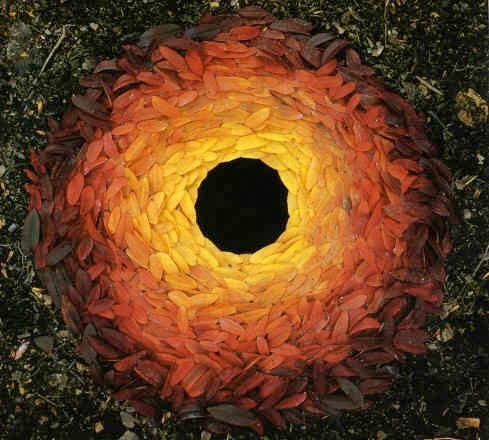Begin anywhere. – John Cage
Hello, Internet users! John Dalton here. I’m a designer – mostly of museum exhibitions. I’ve been designing things for 20 years solid.
Like many who pursue labors of love I’ve had to support myself while so doing, and in my early days compiled what one might describe as a stunning menagerie of jobs. I’ve designed packaging to deliberately look cheap. I’ve painted an 8′ x 8′ theatrical drop in a 6′ x 6′ room. I once had an employer demand I print a slew of large-scale digital images out of a giant photographic printer that was not assembled yet. “We’ve got jobs due out of that thing,” he said, tight lipped and pointing at the printer and the team of German technicians congregated to assemble it. “Get to work.”
I’ve hung EarthBall™ sized Christmas decorations from the ceiling of the Woodfield Mall with Bill Cusack. True story.
Slowly – over time, and amidst setbacks- this thundering herd of weird gained some shape. Cool projects began to emerge from it; museum exhibitions, photo galleries, plays, movies, graphics, art installations, marketing campaigns, retail design.
This evolution continues. I’ve begun doing theatrical reviews, of all things. I’m developing an understanding of creative direction, and finding opportunities to step into that role. Hopefully you get the idea. It’s been an eclectic, meandering evolution, catch-as-catch-can at times.
I’ve found it challenging to encapsulate all this in one website. It’s a task I’ve long been dreading. Predictably, I’ve always wanted my website to be tremendously cool. As a longtime aficionado of teh internets, I have seen many a cool website. It’s daunting. Call yourself a designer on the internet and immediately you’re in direct competition with Saatchi & Saatchi. My last website was built in Dreamweaver, circa 2002; my internet manipulation skills were lackluster even then.
But I do consider myself to be a thoughtful designer, and over time I’ve developed a little toolkit of ideas to help me through thorny spots like this. And I recalled something I read in Bruce Mau’s Incomplete Manifesto For Growth; the quote from John Cage at the top of this missive: begin anywhere.
Cage’s continues (quote helpfully provided by Mr. Mau), saying that “…not knowing where to begin is a common form of paralysis.” Most accurate. I’ve not known how to begin this insurmountable task and it’s kept me paralyzed.
On the recommendation of John Cage and the urging of Bruce Mau, I’m starting now. I will slowly build this thing. Get my hands dirty and learn from the process, without really knowing what to expect. I look forward to learning, and I’ll share my findings; optimally you’ll see the results here. In addition, I’ll be posting portfolio pieces, observations, essays – whatever seems to be applicable to this labor of love, my career.
Serendipitously, Bruce Mau has chosen this maxim as his principal image for his manifesto page. It’s nice when things like that come together, ain’t it? It seems an obvious sign. Many thanks to Mr. Mau for his inspiration and example.

Sometimes clues are in very obvious places. I’ve learned a lot from his work, and I hope someday to meet him.
This is my website. There are many like it, but this one is mine. Thanks for tuning in – or retuning, if you caught my last spate of blogging. I hope to repost those here someday soon. Mostly, though, I’m looking forward to where this leads. Please feel free to chime in, if you’d like. And welcome aboard.






